9 times pure Spain to discover in 2021
5 Nov 2020
Ask a layman about his idea of Spain and he will get no further than a string of clichés. Beautiful beaches, sun, sangria. Of course these pleasures are part of life in Spain. And of course, as an experienced Spaingoer, you will enjoy that as well. You would be foolish not to. But, as you also know, Spain is more than that. Much more.
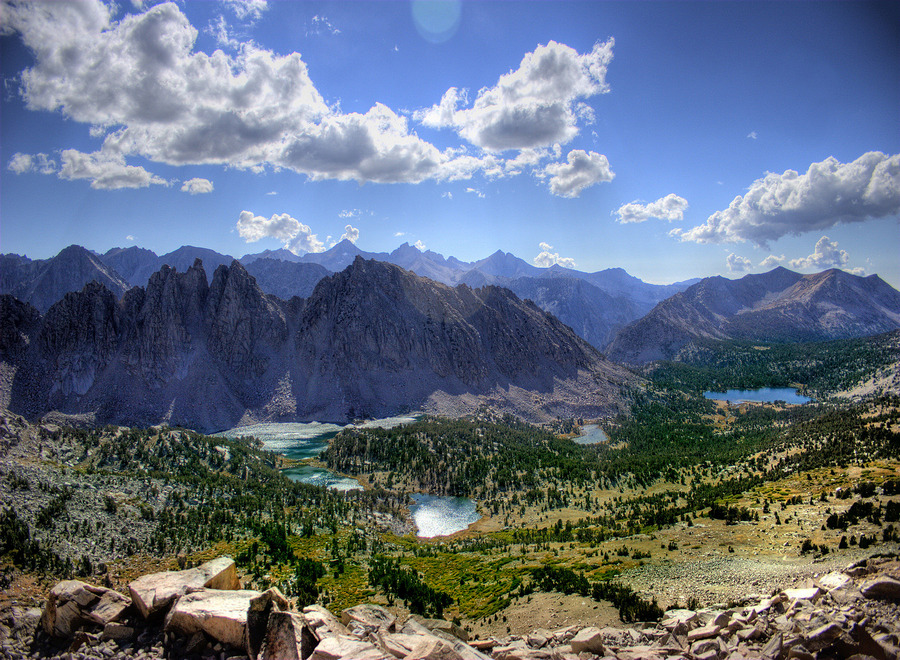
In Spain, you can eat a different regional dish every day of the year. Discovering blood beautiful, diverse nature. Soak up culture in metropolitan cities or charming villages. In short: unless you have an allergy to the finer things in life, you will never get bored of Spain. Whether you live there or just vacation regularly, Spain is a lifetime of discovery.
For those who also want to look beyond their noses, the Spanish Tourism Office in Brussels launched a
free inspirational magazine with 42 tips for 2021. We picked out some of our favorites. Settle down for hearty portions of pre-game fun.
Nature and active enjoyment
1. Hidden water paradises.
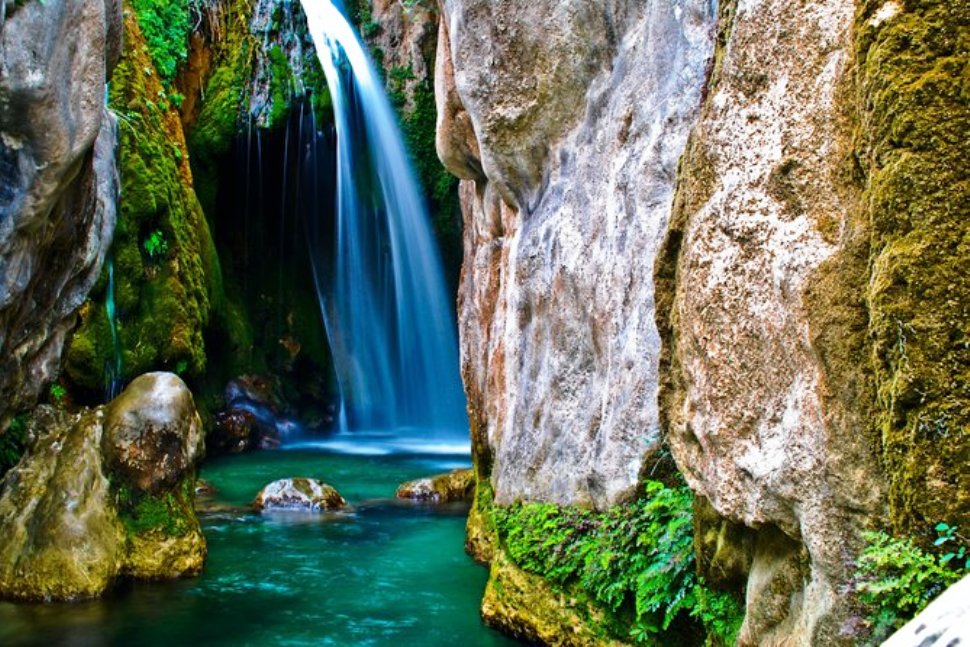
Who says you have to trek to the Mediterranean to cool off? Even a little further from the beach, there are plenty of opportunities to escape the heat for a while. The Region of Valencia - say the hinterland of the Costa Blanca - is dotted with waterfalls and hidden lakes. Take the waterfalls of Algar, where it is wonderful to swim in natural pools. Buy a supply of nisperos, the orange spring fruit of the Spanish costas, and walk up the wooden steps for a picnic. El Salt is also worth a visit: a lake, a waterfall and crazily shaped rock. Nearby, scientists found remains of Neanderthal settlements. Even 50,000 years ago they knew what was good!
>>More info on the
official website of the Waterfalls of Algar (Las Fuentas d'Algar/Les Fonts d'Algar), including
directions from Benidorm, Alicante and Valencia.
>>El Salt is located in La Portellada, a fifteen-minute drive from Alicante. More info on the
website of the tourist board.
2. Fishermen of Murcia
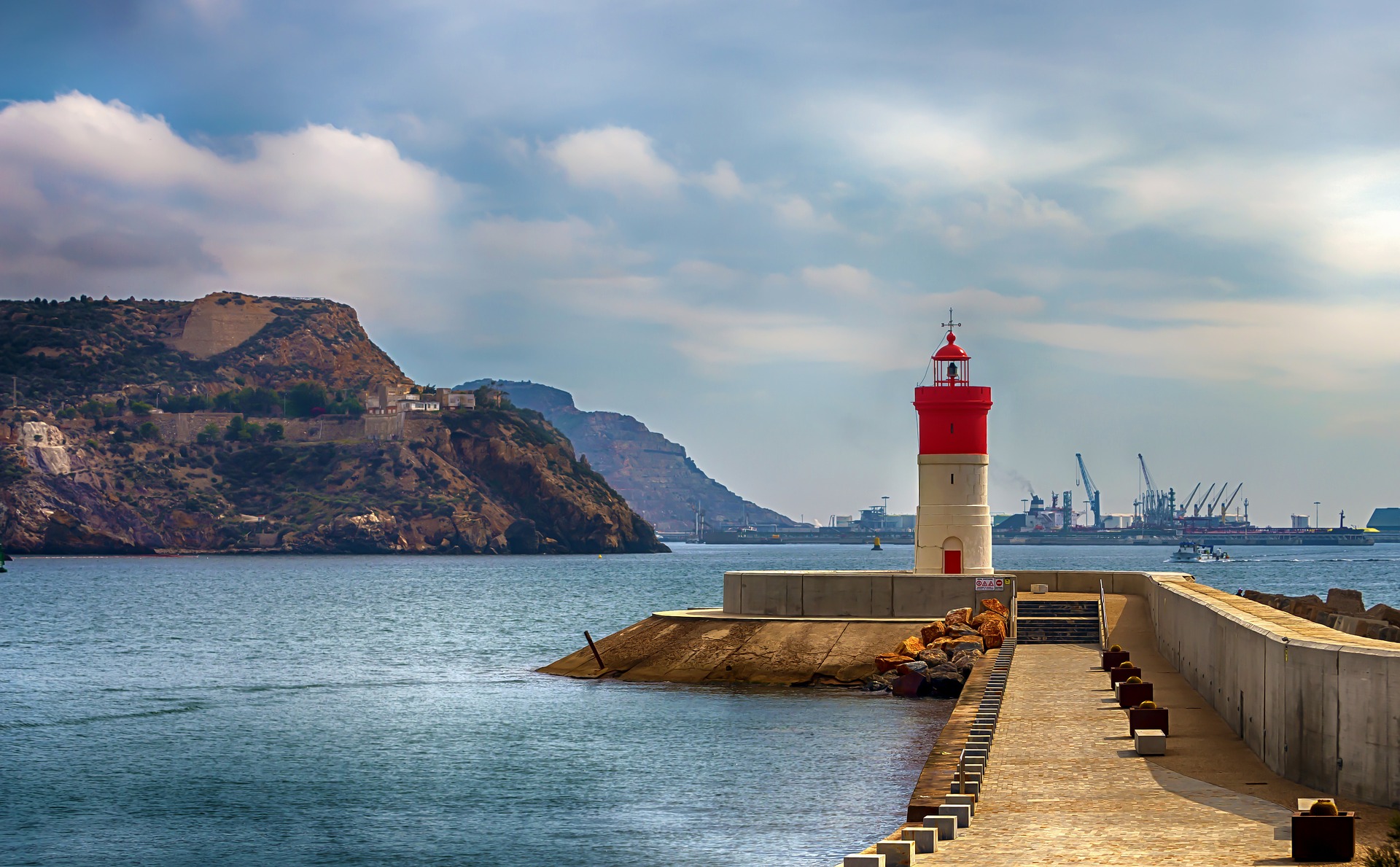
Never get on a plane without a fishing line (best checked in board luggage)? Or are you just curious about the life of a Murcia fisherman? Then embark for a day aboard an authentic fishing boat. The guide will introduce you to the history of fishing in the region. Then it's time for practice. A
pescador
of flesh and blood will teach you the tricks of the fishing trade. Later, follow the catch to the fish market. Who knows, that night you might eat the fish you saw the fisherman catch with his own eyes. It couldn't be fresher.
>>Become a sailor for a day yourself? Check the
Turismo Marinero Murcia website for all the info.
3. Golfing in Huelva
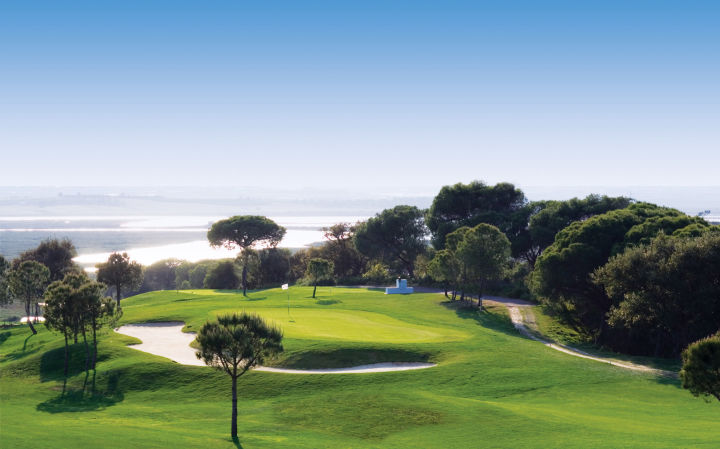
Of course, you can work on your handicap in Belgium, in between the hailstorms and gusts of wind. But admit you'd rather practice your swing with the sun on your snout. On the Costa del Sol, the sun shines 320 days a year. How do you say "optimal conditions" in Spanish? In Huelva, the sport of golf was born in Spain. English miners laid the first golf course in the Iberian Peninsula here in 1916. Now there are nine perfectly trimmed golf courses in the vicinity of the city, near the coast, in the hills, among sand dunes or pine trees. The course at Islantilla Golf Resort, the setting for a European Masters tournament, is perhaps the most impressive. If you don't hit a hole-in-one here, then nowhere.
>>More info on golfing near Huelva can be found at the city's tourism office.
Culture
4. Moorish villages of La Alpujarra
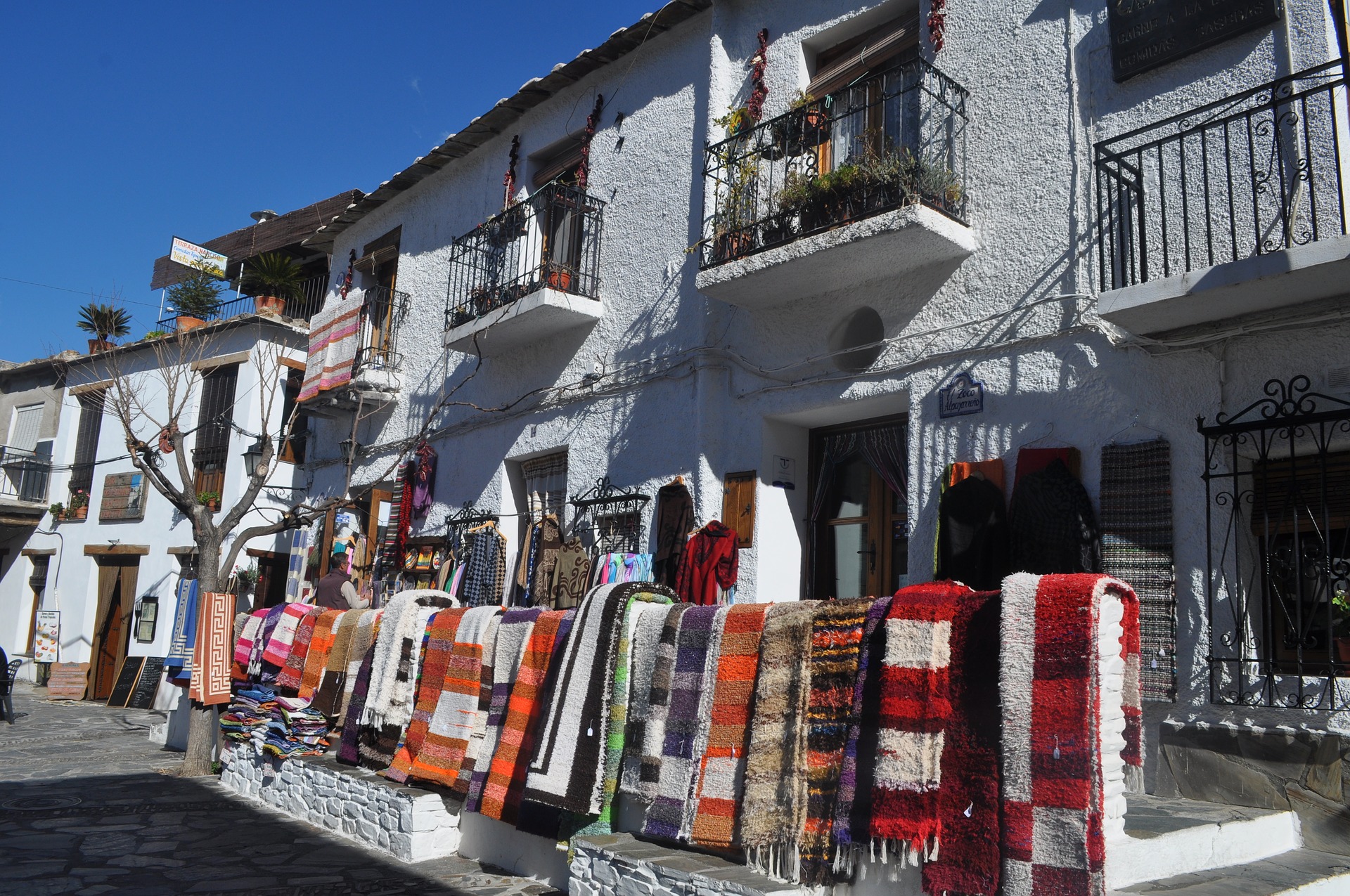
Between Granada and Almeria, in the hinterland of the Costa del Sol, La Alpujarra stretches. This mountainous region is known for its green fields, fed by the melting snow of the high mountains, an oasis compared to the withered region around it. Yet it is mainly the culture and history of La Alpujarra that attracts tourists. As the last stronghold of the Moors, the region is dotted with mountain villages in white. When the Christian Castilians wanted to convert the Moors - Spanish Muslims, say - to their religion, some Moors moved into the mountains. Now the tiny villages, like Pampaneira and Capileira, are charming and photogenic time machines.
>>More info about La Alpujarra at the tourist office of Andalusia.
Gastronomy
5. Almadraba Route
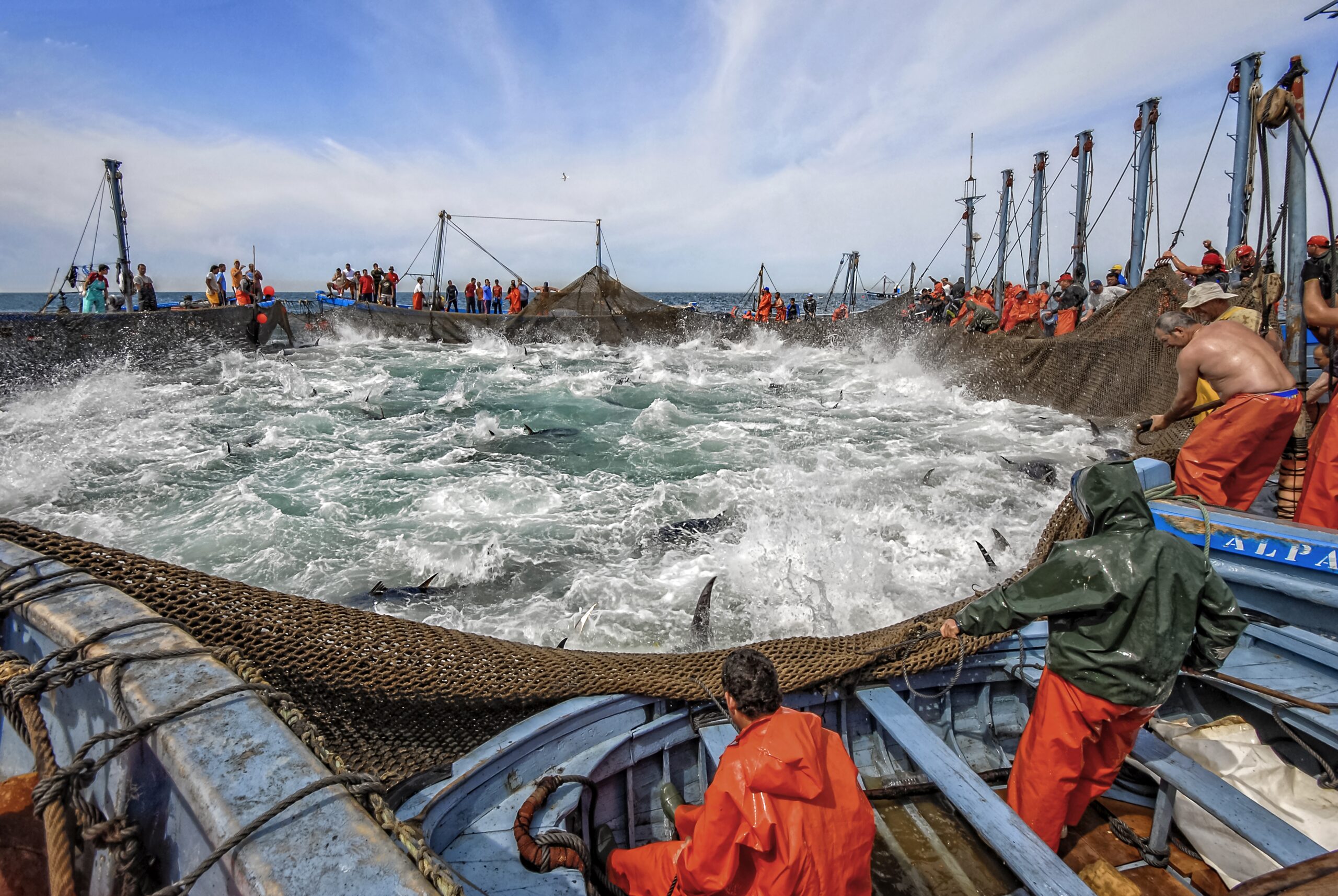
On the southern coasts of Spain, it would be a mortal sin not to have a fish land on your plate from time to time. The Mediterranean Sea is a wonderful source of culinary pleasure. Because future generations will also want to enjoy all these goodies, the fishing process is preferably as sustainable as possible. Fortunately, the Phoenicians knew how to catch tuna sustainably 2,000 years ago. With the so-called Almadraba technique: a kind of mazes they made with their fishing nets. In this way, they also avoided unwanted bycatch. And what's good doesn't go out of style. That's why fishermen in villages like Barbate, Conil, Tarifa and Zahara de los Atunes still use the technique. Gourmands can taste the result of so much ingenuity during gastronomic festivals.
>>The tourist board of Andalusia created an
Almadraba route to get to know the tuna and the ancient technique of catching it better.
6. Murcia, Spanish Capital of Gastronomy 2021
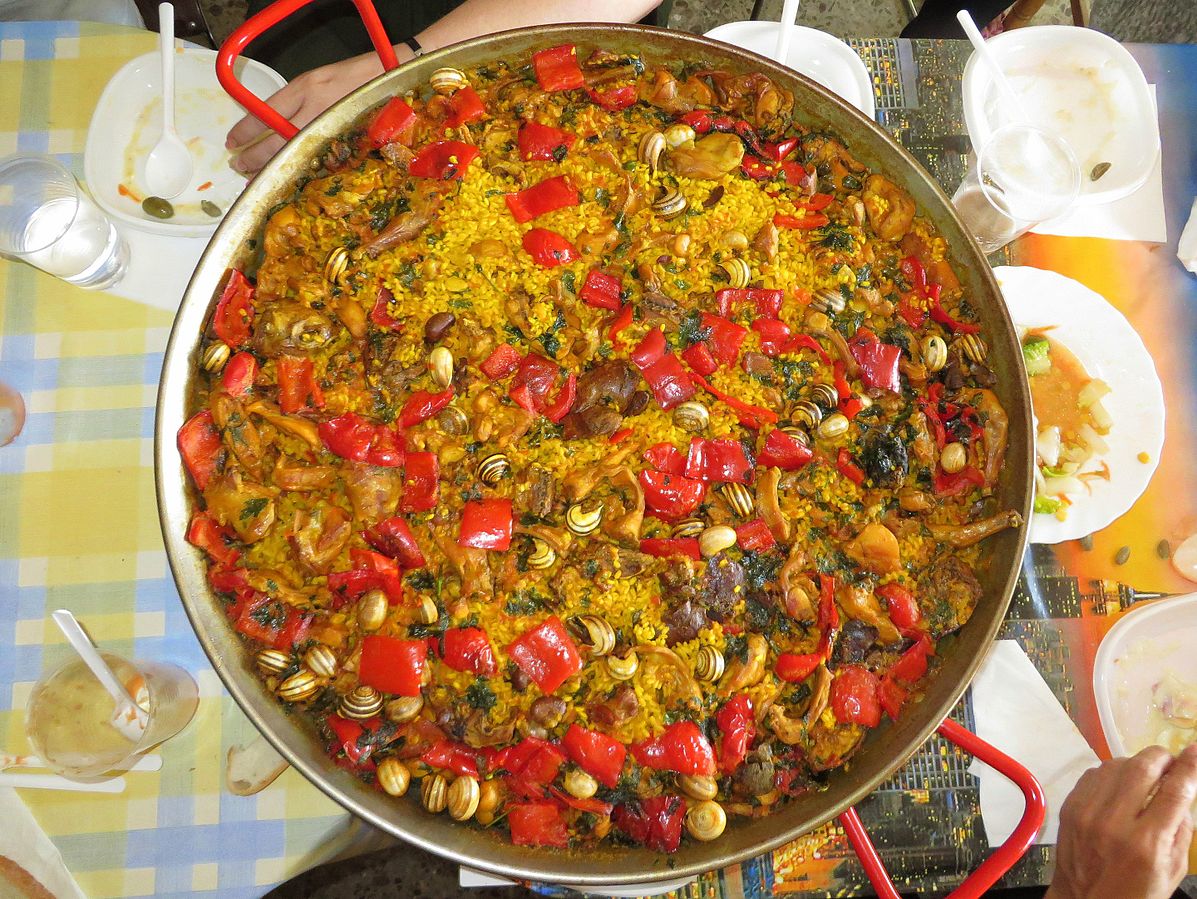
Murcia was already the Spanish Capital of Gastronomy this year. Courtesy of that nasty virus, the city extends that title for one year. Not that we are complaining, because the cuisine of Murcia is one to lick thumbs and fingers off. The ever-present sun allows the ingredients to ripen to their full flavor here. No wonder the region is known as the vegetable garden of Europe. Vegetables play a leading role in the dishes that end up on Murcian tables, but lovers of cured fish and shellfish have no reason to complain either. Stews, salads and hearty fish and meat dishes: in Murcia you will eat your plate without a murmur every day of the week.
>>Learn more about
Murcia as Spain's Capital of Gastronomy.
7. The birthplace of paella
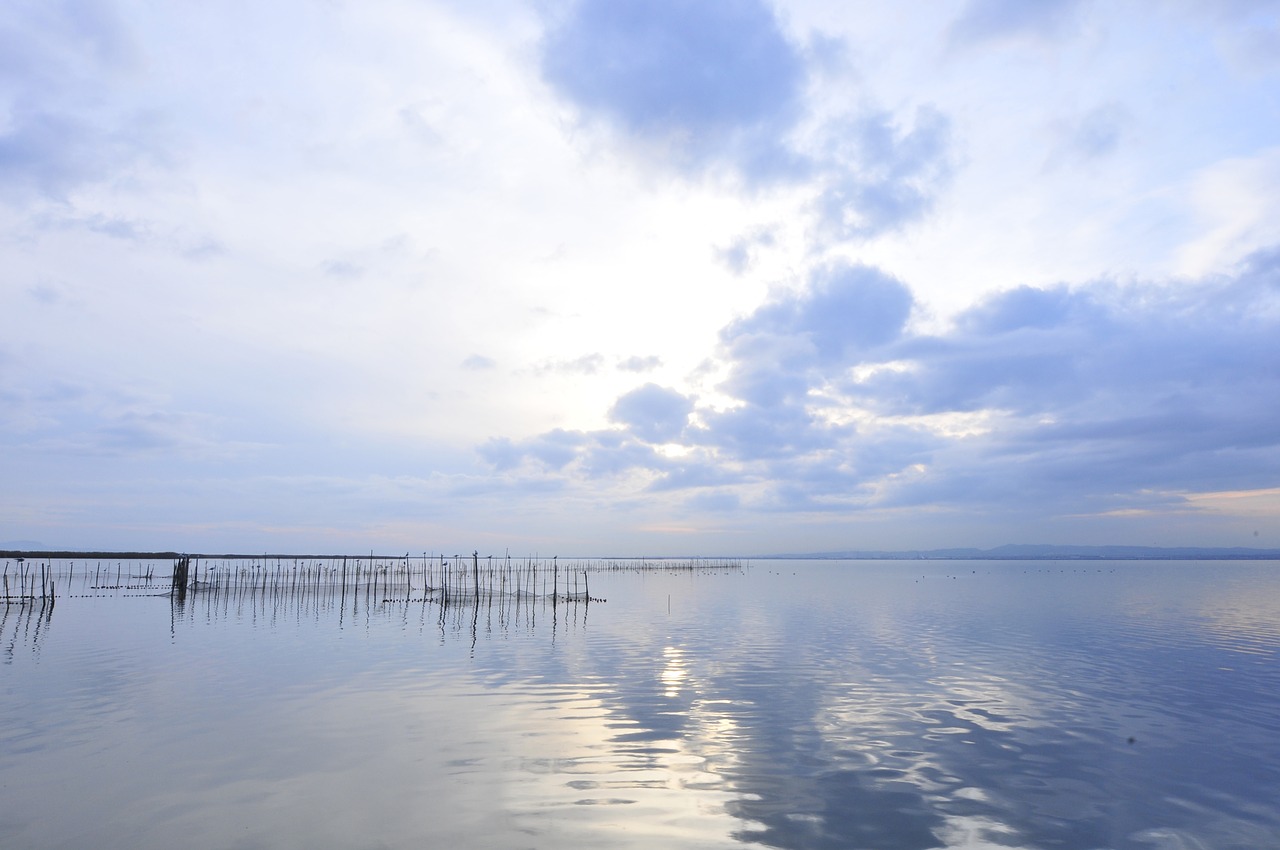
Anyone who is somewhat at home in Spain knows that paella is originally from Valencia. But for the real roots of this delicious dish, you need to get out into nature. To L'Albufera nature reserve, a lagoon south of the city. The inhabitants on the shores of this freshwater lake, the largest in Spain, made the first paella. Not surprisingly, this region grows the lion's share of Spanish rice. The lake is also teeming with eels, which also regularly end up in the paella pan. Experts say you can still eat the best paella in sleepy fishing villages like El Palmar. Your taste buds will thank you.
>>Want to taste all that goodness?
More info at the tourist office of Valencia.
Surprising routes
8. Steps in the hinterland of the Costa Blanca
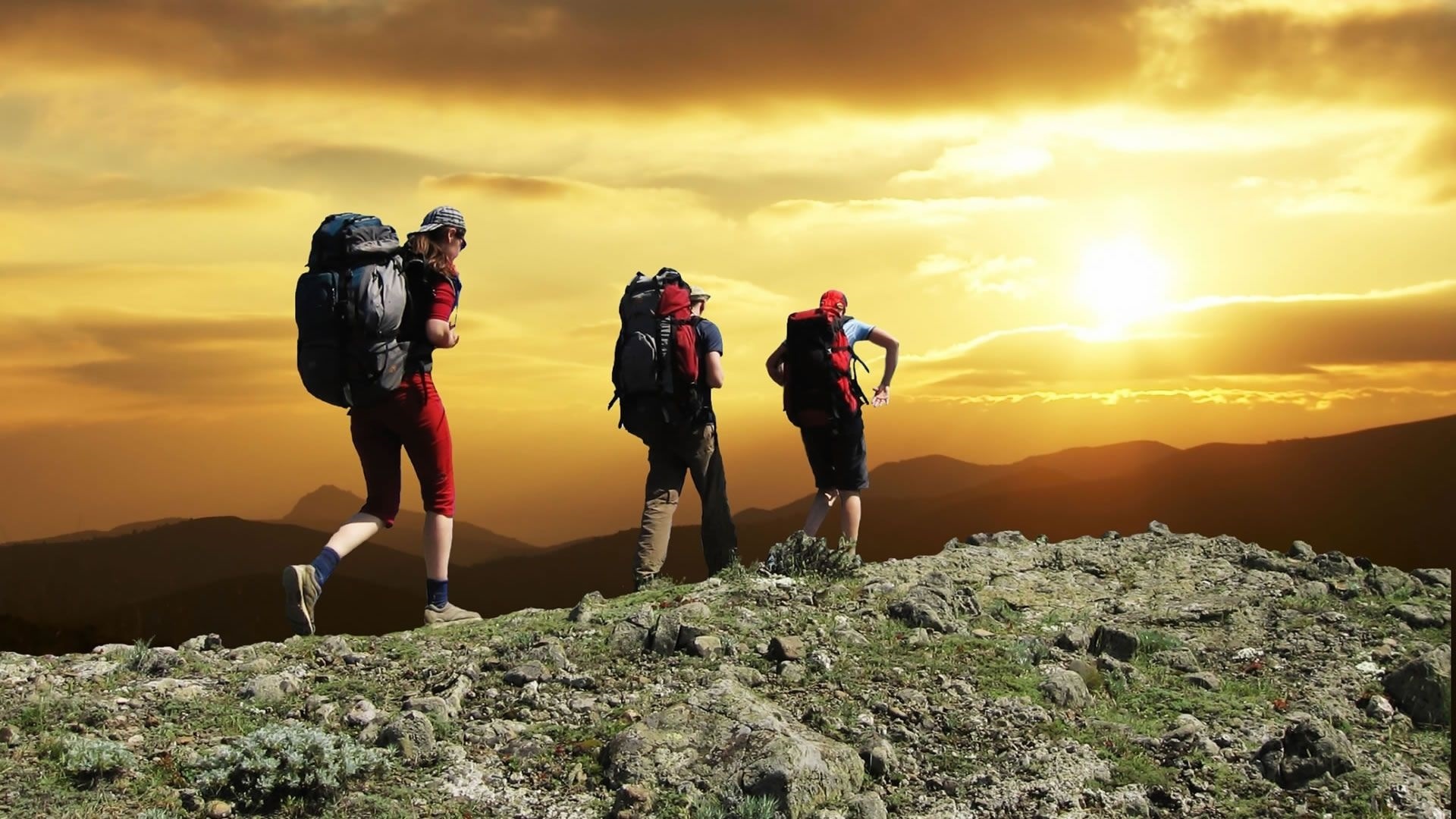
You've taken the tips from our culinary block to heart and are now lugging around a few extra pounds that you'd rather see disappear? Pair the useful with the pleasant and go for a long hike in the hinterland of the Costa Blanca. The Gran Ruta Costa Blanca Interior, or GR330, is 432 kilometers long, divisible into 20 daily stages. Go for the whole bite or carefully select the sections that interest you most. Whatever you choose, you will pass through picturesque sites: beaches, mountains and wilderness punctuated by almond and olive trees, orchards and vineyards, ravines, lagoons and small villages. A great way to see the Costa Blanca from 'the other side'.
>>Feel like buckling up your hiking boots? Rep you to
this page of the tourist office Costa Blanca for more information.
9. An Andalusian train ride to remember

Of course, you can opt for a much too cramped rental car. But a much more enjoyable way to discover Andalusia is from behind the window of a train. No, not overcrowded beast wagons whose air conditioning breaks down just at the wrong time. The Al Andalus luxury train transports you not only through the countryside but also through time. Because this "palace on wheels" is completely decorated like it was in the 1920s, when traveling by train was only reserved for the beau monde. Dinner is served in a parlor with starched tablecloths and the kind of dinnerware that the bomma only brings out at the fair. From Seville, the journey passes through Cadiz, Jerez, Ronda, Linares, Úbeda and Baeza until you arrive in Cordoba on day seven. Now we just hope that the travel schedule is a bit more punctual than that of the NMBS.
>>All aboard! For a
train ride with Al Andalus, in the luxury of the 1920s.
 In Spain, you can eat a different regional dish every day of the year. Discovering blood beautiful, diverse nature. Soak up culture in metropolitan cities or charming villages. In short: unless you have an allergy to the finer things in life, you will never get bored of Spain. Whether you live there or just vacation regularly, Spain is a lifetime of discovery.
For those who also want to look beyond their noses, the Spanish Tourism Office in Brussels launched a free inspirational magazine with 42 tips for 2021. We picked out some of our favorites. Settle down for hearty portions of pre-game fun.
In Spain, you can eat a different regional dish every day of the year. Discovering blood beautiful, diverse nature. Soak up culture in metropolitan cities or charming villages. In short: unless you have an allergy to the finer things in life, you will never get bored of Spain. Whether you live there or just vacation regularly, Spain is a lifetime of discovery.
For those who also want to look beyond their noses, the Spanish Tourism Office in Brussels launched a free inspirational magazine with 42 tips for 2021. We picked out some of our favorites. Settle down for hearty portions of pre-game fun.
 Who says you have to trek to the Mediterranean to cool off? Even a little further from the beach, there are plenty of opportunities to escape the heat for a while. The Region of Valencia - say the hinterland of the Costa Blanca - is dotted with waterfalls and hidden lakes. Take the waterfalls of Algar, where it is wonderful to swim in natural pools. Buy a supply of nisperos, the orange spring fruit of the Spanish costas, and walk up the wooden steps for a picnic. El Salt is also worth a visit: a lake, a waterfall and crazily shaped rock. Nearby, scientists found remains of Neanderthal settlements. Even 50,000 years ago they knew what was good!
>>More info on the official website of the Waterfalls of Algar (Las Fuentas d'Algar/Les Fonts d'Algar), including directions from Benidorm, Alicante and Valencia.
>>El Salt is located in La Portellada, a fifteen-minute drive from Alicante. More info on the website of the tourist board.
Who says you have to trek to the Mediterranean to cool off? Even a little further from the beach, there are plenty of opportunities to escape the heat for a while. The Region of Valencia - say the hinterland of the Costa Blanca - is dotted with waterfalls and hidden lakes. Take the waterfalls of Algar, where it is wonderful to swim in natural pools. Buy a supply of nisperos, the orange spring fruit of the Spanish costas, and walk up the wooden steps for a picnic. El Salt is also worth a visit: a lake, a waterfall and crazily shaped rock. Nearby, scientists found remains of Neanderthal settlements. Even 50,000 years ago they knew what was good!
>>More info on the official website of the Waterfalls of Algar (Las Fuentas d'Algar/Les Fonts d'Algar), including directions from Benidorm, Alicante and Valencia.
>>El Salt is located in La Portellada, a fifteen-minute drive from Alicante. More info on the website of the tourist board.
 Never get on a plane without a fishing line (best checked in board luggage)? Or are you just curious about the life of a Murcia fisherman? Then embark for a day aboard an authentic fishing boat. The guide will introduce you to the history of fishing in the region. Then it's time for practice. A
pescador
of flesh and blood will teach you the tricks of the fishing trade. Later, follow the catch to the fish market. Who knows, that night you might eat the fish you saw the fisherman catch with his own eyes. It couldn't be fresher.
>>Become a sailor for a day yourself? Check the Turismo Marinero Murcia website for all the info.
Never get on a plane without a fishing line (best checked in board luggage)? Or are you just curious about the life of a Murcia fisherman? Then embark for a day aboard an authentic fishing boat. The guide will introduce you to the history of fishing in the region. Then it's time for practice. A
pescador
of flesh and blood will teach you the tricks of the fishing trade. Later, follow the catch to the fish market. Who knows, that night you might eat the fish you saw the fisherman catch with his own eyes. It couldn't be fresher.
>>Become a sailor for a day yourself? Check the Turismo Marinero Murcia website for all the info.
 Of course, you can work on your handicap in Belgium, in between the hailstorms and gusts of wind. But admit you'd rather practice your swing with the sun on your snout. On the Costa del Sol, the sun shines 320 days a year. How do you say "optimal conditions" in Spanish? In Huelva, the sport of golf was born in Spain. English miners laid the first golf course in the Iberian Peninsula here in 1916. Now there are nine perfectly trimmed golf courses in the vicinity of the city, near the coast, in the hills, among sand dunes or pine trees. The course at Islantilla Golf Resort, the setting for a European Masters tournament, is perhaps the most impressive. If you don't hit a hole-in-one here, then nowhere.
>>More info on golfing near Huelva can be found at the city's tourism office.
Of course, you can work on your handicap in Belgium, in between the hailstorms and gusts of wind. But admit you'd rather practice your swing with the sun on your snout. On the Costa del Sol, the sun shines 320 days a year. How do you say "optimal conditions" in Spanish? In Huelva, the sport of golf was born in Spain. English miners laid the first golf course in the Iberian Peninsula here in 1916. Now there are nine perfectly trimmed golf courses in the vicinity of the city, near the coast, in the hills, among sand dunes or pine trees. The course at Islantilla Golf Resort, the setting for a European Masters tournament, is perhaps the most impressive. If you don't hit a hole-in-one here, then nowhere.
>>More info on golfing near Huelva can be found at the city's tourism office.
 Between Granada and Almeria, in the hinterland of the Costa del Sol, La Alpujarra stretches. This mountainous region is known for its green fields, fed by the melting snow of the high mountains, an oasis compared to the withered region around it. Yet it is mainly the culture and history of La Alpujarra that attracts tourists. As the last stronghold of the Moors, the region is dotted with mountain villages in white. When the Christian Castilians wanted to convert the Moors - Spanish Muslims, say - to their religion, some Moors moved into the mountains. Now the tiny villages, like Pampaneira and Capileira, are charming and photogenic time machines.
>>More info about La Alpujarra at the tourist office of Andalusia.
Between Granada and Almeria, in the hinterland of the Costa del Sol, La Alpujarra stretches. This mountainous region is known for its green fields, fed by the melting snow of the high mountains, an oasis compared to the withered region around it. Yet it is mainly the culture and history of La Alpujarra that attracts tourists. As the last stronghold of the Moors, the region is dotted with mountain villages in white. When the Christian Castilians wanted to convert the Moors - Spanish Muslims, say - to their religion, some Moors moved into the mountains. Now the tiny villages, like Pampaneira and Capileira, are charming and photogenic time machines.
>>More info about La Alpujarra at the tourist office of Andalusia.
 On the southern coasts of Spain, it would be a mortal sin not to have a fish land on your plate from time to time. The Mediterranean Sea is a wonderful source of culinary pleasure. Because future generations will also want to enjoy all these goodies, the fishing process is preferably as sustainable as possible. Fortunately, the Phoenicians knew how to catch tuna sustainably 2,000 years ago. With the so-called Almadraba technique: a kind of mazes they made with their fishing nets. In this way, they also avoided unwanted bycatch. And what's good doesn't go out of style. That's why fishermen in villages like Barbate, Conil, Tarifa and Zahara de los Atunes still use the technique. Gourmands can taste the result of so much ingenuity during gastronomic festivals.
>>The tourist board of Andalusia created an Almadraba route to get to know the tuna and the ancient technique of catching it better.
On the southern coasts of Spain, it would be a mortal sin not to have a fish land on your plate from time to time. The Mediterranean Sea is a wonderful source of culinary pleasure. Because future generations will also want to enjoy all these goodies, the fishing process is preferably as sustainable as possible. Fortunately, the Phoenicians knew how to catch tuna sustainably 2,000 years ago. With the so-called Almadraba technique: a kind of mazes they made with their fishing nets. In this way, they also avoided unwanted bycatch. And what's good doesn't go out of style. That's why fishermen in villages like Barbate, Conil, Tarifa and Zahara de los Atunes still use the technique. Gourmands can taste the result of so much ingenuity during gastronomic festivals.
>>The tourist board of Andalusia created an Almadraba route to get to know the tuna and the ancient technique of catching it better.
 Murcia was already the Spanish Capital of Gastronomy this year. Courtesy of that nasty virus, the city extends that title for one year. Not that we are complaining, because the cuisine of Murcia is one to lick thumbs and fingers off. The ever-present sun allows the ingredients to ripen to their full flavor here. No wonder the region is known as the vegetable garden of Europe. Vegetables play a leading role in the dishes that end up on Murcian tables, but lovers of cured fish and shellfish have no reason to complain either. Stews, salads and hearty fish and meat dishes: in Murcia you will eat your plate without a murmur every day of the week.
>>Learn more about Murcia as Spain's Capital of Gastronomy.
Murcia was already the Spanish Capital of Gastronomy this year. Courtesy of that nasty virus, the city extends that title for one year. Not that we are complaining, because the cuisine of Murcia is one to lick thumbs and fingers off. The ever-present sun allows the ingredients to ripen to their full flavor here. No wonder the region is known as the vegetable garden of Europe. Vegetables play a leading role in the dishes that end up on Murcian tables, but lovers of cured fish and shellfish have no reason to complain either. Stews, salads and hearty fish and meat dishes: in Murcia you will eat your plate without a murmur every day of the week.
>>Learn more about Murcia as Spain's Capital of Gastronomy.
 Anyone who is somewhat at home in Spain knows that paella is originally from Valencia. But for the real roots of this delicious dish, you need to get out into nature. To L'Albufera nature reserve, a lagoon south of the city. The inhabitants on the shores of this freshwater lake, the largest in Spain, made the first paella. Not surprisingly, this region grows the lion's share of Spanish rice. The lake is also teeming with eels, which also regularly end up in the paella pan. Experts say you can still eat the best paella in sleepy fishing villages like El Palmar. Your taste buds will thank you.
>>Want to taste all that goodness? More info at the tourist office of Valencia.
Anyone who is somewhat at home in Spain knows that paella is originally from Valencia. But for the real roots of this delicious dish, you need to get out into nature. To L'Albufera nature reserve, a lagoon south of the city. The inhabitants on the shores of this freshwater lake, the largest in Spain, made the first paella. Not surprisingly, this region grows the lion's share of Spanish rice. The lake is also teeming with eels, which also regularly end up in the paella pan. Experts say you can still eat the best paella in sleepy fishing villages like El Palmar. Your taste buds will thank you.
>>Want to taste all that goodness? More info at the tourist office of Valencia.
 You've taken the tips from our culinary block to heart and are now lugging around a few extra pounds that you'd rather see disappear? Pair the useful with the pleasant and go for a long hike in the hinterland of the Costa Blanca. The Gran Ruta Costa Blanca Interior, or GR330, is 432 kilometers long, divisible into 20 daily stages. Go for the whole bite or carefully select the sections that interest you most. Whatever you choose, you will pass through picturesque sites: beaches, mountains and wilderness punctuated by almond and olive trees, orchards and vineyards, ravines, lagoons and small villages. A great way to see the Costa Blanca from 'the other side'.
>>Feel like buckling up your hiking boots? Rep you to this page of the tourist office Costa Blanca for more information.
You've taken the tips from our culinary block to heart and are now lugging around a few extra pounds that you'd rather see disappear? Pair the useful with the pleasant and go for a long hike in the hinterland of the Costa Blanca. The Gran Ruta Costa Blanca Interior, or GR330, is 432 kilometers long, divisible into 20 daily stages. Go for the whole bite or carefully select the sections that interest you most. Whatever you choose, you will pass through picturesque sites: beaches, mountains and wilderness punctuated by almond and olive trees, orchards and vineyards, ravines, lagoons and small villages. A great way to see the Costa Blanca from 'the other side'.
>>Feel like buckling up your hiking boots? Rep you to this page of the tourist office Costa Blanca for more information.
 Of course, you can opt for a much too cramped rental car. But a much more enjoyable way to discover Andalusia is from behind the window of a train. No, not overcrowded beast wagons whose air conditioning breaks down just at the wrong time. The Al Andalus luxury train transports you not only through the countryside but also through time. Because this "palace on wheels" is completely decorated like it was in the 1920s, when traveling by train was only reserved for the beau monde. Dinner is served in a parlor with starched tablecloths and the kind of dinnerware that the bomma only brings out at the fair. From Seville, the journey passes through Cadiz, Jerez, Ronda, Linares, Úbeda and Baeza until you arrive in Cordoba on day seven. Now we just hope that the travel schedule is a bit more punctual than that of the NMBS.
>>All aboard! For a train ride with Al Andalus, in the luxury of the 1920s.
Of course, you can opt for a much too cramped rental car. But a much more enjoyable way to discover Andalusia is from behind the window of a train. No, not overcrowded beast wagons whose air conditioning breaks down just at the wrong time. The Al Andalus luxury train transports you not only through the countryside but also through time. Because this "palace on wheels" is completely decorated like it was in the 1920s, when traveling by train was only reserved for the beau monde. Dinner is served in a parlor with starched tablecloths and the kind of dinnerware that the bomma only brings out at the fair. From Seville, the journey passes through Cadiz, Jerez, Ronda, Linares, Úbeda and Baeza until you arrive in Cordoba on day seven. Now we just hope that the travel schedule is a bit more punctual than that of the NMBS.
>>All aboard! For a train ride with Al Andalus, in the luxury of the 1920s.










